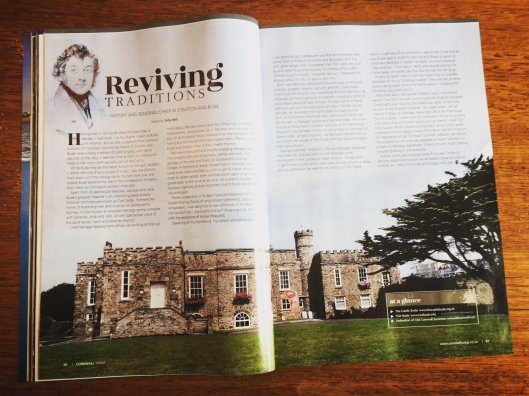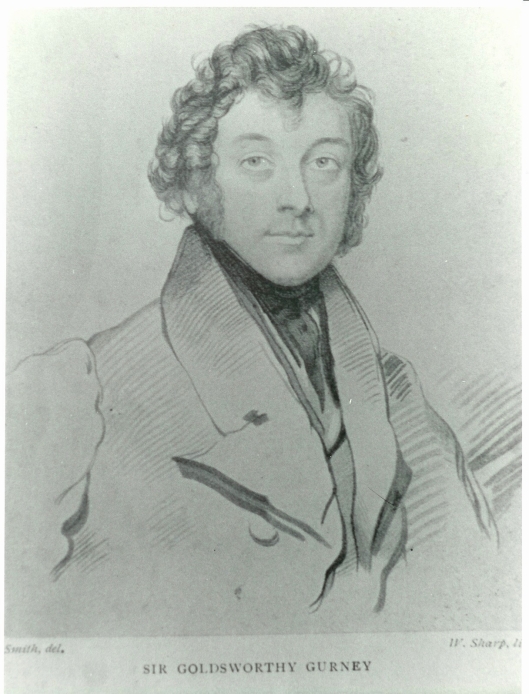Tags
Bewnans Kernow, Bude, carols, Christmas, Cornwall, Cornwall Today, December, Heritage, History, Kernow, Revived tradition, Stratton, Truro Cathedral
Having lived in the South West for over ten years, until recently – and to my shame – I had never been to Bude. But when I interviewed Alex Langstone from Cornwall Folklore recently (CT October, 2016) he mentioned that the towns of Stratton and Bude have a lovely tradition of carol singing, with carols that are peculiar to the area, and so it was time to right my wrong and head to the most north-easterly part of the Duchy.
While the seaside town of Bude may be the better known of the two, Stratton, which sits inland by a couple of miles, was originally the main town of the area. That is until the railway came, and tourism took over, and Bude became the star in the constellation of towns that make up the northern-most part of Cornwall.
Apart from its spectacular beaches, sea pool and canal, Bude’s greatest treasure is an interesting piece of early Victorian architecture known as The Castle”. Formerly the home of Sir Goldsworthy Gurney, a fêted but now somewhat forgotten engineer and inventor, it now houses an excellent Heritage Centre, complete with galleries, shop and café which all enjoy spectacular views of the sand dunes, town and beaches beyond.
I arranged to meet Janine King, Heritage Development Officer, to find out more about the two towns and the intriguingly named Sir Goldsworthy. Janine was a helpful and enthusiastic guide and having been brought up in the area, she was able to give a “local’s” viewpoint on the history of the towns and the forces that had shaped them. It quickly became obvious that there is more to Bude and Stratton than initially meets the eye.
The well constructed and visually engaging displays range from insights into local shipwrecks, battles and wars, the geology of the area and finally Sir Goldsworthy Gurney himself. There is a depiction of “Sir Bevil Grenvile’s Regiment of the Sealed Knot” by artist Robert Lenkeiwicz, and I was delighted to see references to the Bude Surf Life Saving Club (the first surf life-saving club in Cornwall), which was started with the assistance of Aussie lifeguards. A mechanical display shows how in Victorian times, canal boats were winched up a hill to get to higher ground in order to collect goods, then winched down again to get the goods back to the canal at sea level. It’s a worthy illustration of fabulous ingenuity and an important nod to Bude and Stratton’s industrial past.
Regular readers of this column will note that I occasionally take the liberty of slipping a personal connection into my writing. My closest school friend when I was growing up in Melbourne, Australia was Katherine Gurney, who comes from a family of architects and designers, and so it was with great delight that I discovered that The Castle was built by and home to another Gurney – Sir Goldsworthy. Gurney is often referred to as Cornwall’s “forgotten genius” and when looking at the displays about his life it’s easy to see why.
Born near Padstow, Goldsworthy Gurney was an engineer, inventor, surgeon, chemist, lecturer, architect, pianist and scientist of the Victorian era. Inspired by Richard Trevithick, he dreamed up many ingenious innovations, including a series of early steam-powered road vehicles. His was a story of boom and bust, yet with the application of classic Cornish can-do attitude, he recovered from bankruptcy to create a novel form of illumination, the Bude light, examples of which can still be seen in Trafalgar Square and Pall Mall today. He lit the Houses of Parliament in London, and one of the fascinating displays in the Heritage Centre is a set of keys to the Palace of Westminster, gifted to Gurney. He famously claimed that he could light the whole of The Castle with just one of his lights and many mirrors. Gurney invented “limelight”, the oxy-hydrogen blowpipe, the steam jet, and laid claim to the blastpipe, a key component in the success of steam engines. He also built huge Gurney stoves, which were used to heat enormous areas such as cathedrals, an example of which is in The Castle. The Castle itself is also one of his inventions. Legend has it that Gurney was challenged to build his new house in Bude on sand, with the challengers believing it couldn’t be done. Gurney’s response was “Wait and see.” That was in 1830, and anyone visiting The Castle today will readily see that Gurney has had the last laugh.
If you haven’t been, I strongly encourage you to visit The Castle and learn a little about the rich and varied heritage of Bude and Stratton. And there’s no better time to visit than Christmas – a Christmas market will be held at the Castle on Sunday 4 December, and there are lots of other events taking place during the festive season including the Christmas Day Swim.
And speaking of Christmas, what about those special Stratton carols that I mentioned earlier? The Old Cornwall Society hosts the “Stratton Hundred Carols” each year. It recalls the traditional carols of the area known as the Stratton Hundred and is an event close the hearts of many local people. This year, the event will be held on Monday 28 November at 7:30 pm at the Parkhouse Centre, Bude. Carols from the local area will be sung along with better known Cornish carols such as “Hark The Glad Sound”. All are welcome to bring their voices to this great celebration of the season and the music of the area, and more information can be found on the Federation of Old Cornwall Societies website (see below). The programme will then be repeated at Truro Cathedral on Monday 19th December at 6 pm and I’m very much looking forward to being in the audience.
And so, at this very poignant time of the year, I’d like to take the opportunity to wish you all Nadelik Lowen ha Blydhen Nowydh Da – Merry Christmas and a happy New Year.
At a glance:
The Castle, Bude
Visit Bude
Federation of Old Cornwall Societies


